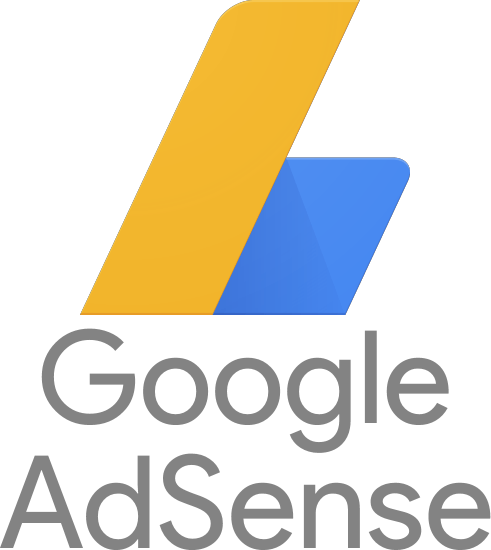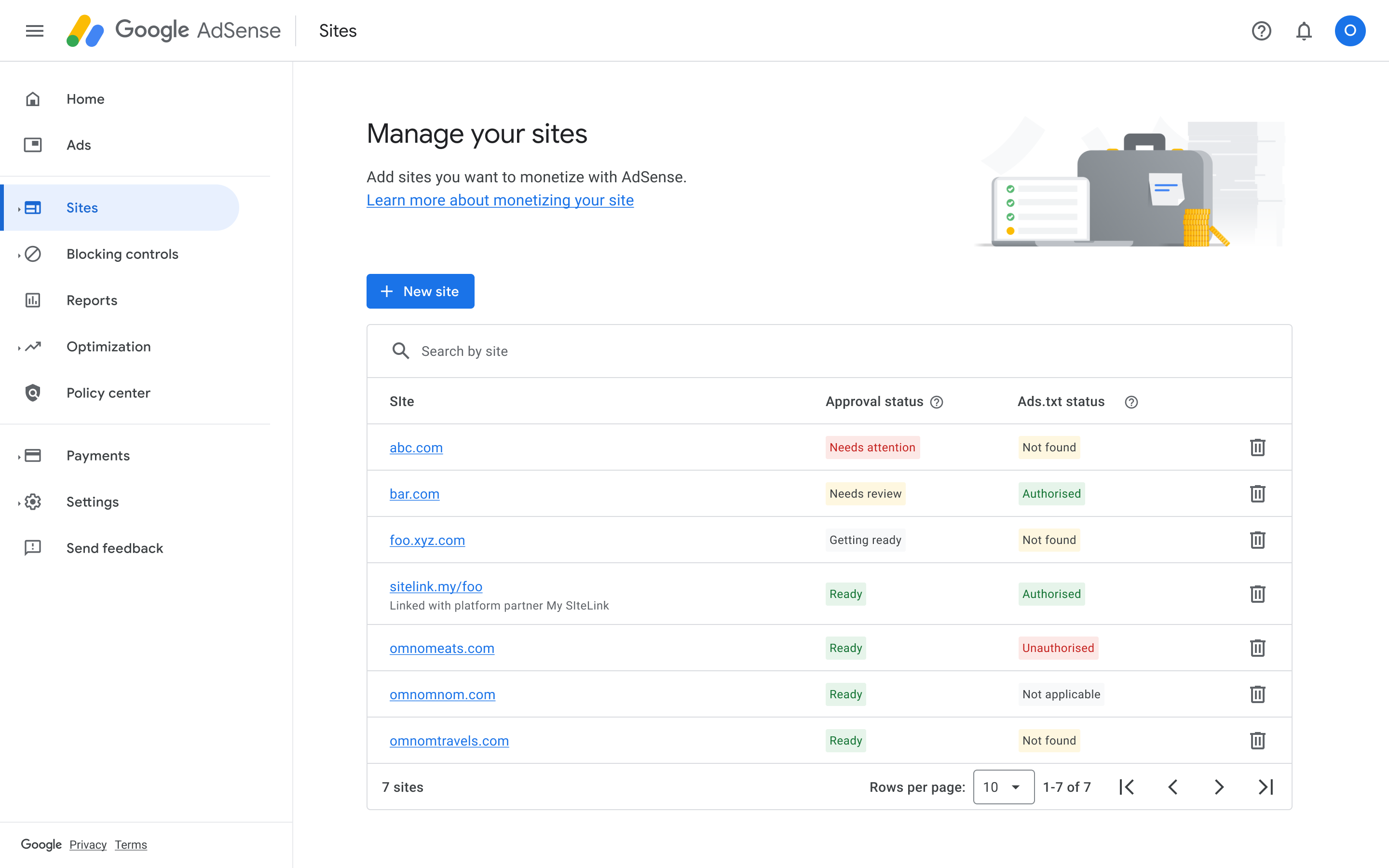Breaking News


Popular News


Navigating the complexities of online monetization can be daunting, but leveraging the right tools can make the journey smoother. Implementing WordPress AdSense plugins is an effective way to transform your website into a profitable venture effortlessly. These plugins automate ad placement, streamline setup, and maximize your revenue potential. In the following sections, we will explore how to choose the best AdSense plugin, guide you through the installation process, and share tips on optimizing your ad placements for maximum returns. Get ready to unlock your website’s earning potential with WordPress AdSense.
Contents
Selecting the appropriate WordPress AdSense plugin can significantly impact your website’s monetization potential. Here are some key considerations:
1. Ease of Use:
2. Features and Flexibility:
3. Integration and Compatibility:
4. Performance and Speed:
Comparison Example:
| Feature | Plugin A | Plugin B |
|---|---|---|
| Ease of Use | Very easy, with setup wizard | Moderate, no setup wizard |
| Ad Placement Options | Multiple (sidebar, in-post, header) | Limited (in-post, sidebar) |
| Mobile Responsiveness | Fully responsive | Partially responsive |
| Integration Compatibility | High (supports various themes) | Low (limited theme support) |
Consider these factors to ensure you choose the WordPress AdSense plugin that best aligns with your website’s needs.

Setting up a WordPress AdSense plugin is straightforward and can significantly boost your website’s revenue. Follow these simple steps to get started:
Choose an AdSense Plugin: Some popular options include Ad Inserter, WP Quads, and Quick AdSense. Compare their features and select one that fits your needs.
Install the Plugin:
Link Your AdSense Account:
Configure Ad Settings:
Save and Publish: Once you’ve configured the settings, save your changes. Your ads should now start appearing on your WordPress site.
By following these steps, you can effectively harness the power of WordPress AdSense to monetize your site seamlessly.
Optimizing ad placement is essential to maximize your revenue from WordPress AdSense. Here’s how to ensure your ads generate the highest possible earnings:
1. Above the Fold
2. ** In-Content Ads
3. ** Sidebar Widgets
4. ** Mobile Optimization
5. ** Testing and Experimentation
By strategically placing your WordPress AdSense ads, you increase the likelihood of user interaction and click-through rates, ultimately boosting your revenue. Always prioritize user experience to maintain a balanced and engaging website.
Monitoring and analyzing the performance of your WordPress AdSense is crucial for maximizing your earnings. Here are some steps and tools to help you effectively track and evaluate your ad performance:
Google AdSense Dashboard: Use the Google AdSense dashboard to gain insights into clicks, impressions, and revenue generated from your ads. It provides comprehensive reports that help you understand which ads perform best.
Google Analytics: Integrating Google Analytics with your WordPress AdSense setup allows you to gather more detailed data. Monitor user behavior, page views, and traffic sources to see how they correlate with your ad performance.
Heatmaps: Tools like Crazy Egg or Hotjar can help you visualize where users are clicking on your page. This information is valuable for optimizing ad placement and increasing click-through rates.
A/B Testing: Experiment with different ad placements and formats using A/B testing. Compare the performance of various configurations to identify which setup generates the highest revenue.
By regularly monitoring and analyzing your WordPress AdSense performance, you can make informed decisions to enhance your ad strategy and boost your overall revenue.

Google AdSense is an advertising program run by Google that allows website owners to display ads on their websites. These ads are generated from businesses using Google AdWords. For bloggers, this means they can monetize their content by adding AdSense ads to their blogs. Revenue is generated whenever visitors view or click on these ads, providing an easy way to earn money from content creation.
Using an AdSense plugin for your WordPress site simplifies the process of integrating and managing ads. These plugins are designed to make it easy to insert ads into your posts, pages, and sidebars without the need for coding. They often come with user-friendly interfaces, advanced ad management features, and optimization tools that can help maximize your ad revenue efficiently.
A good AdSense plugin should offer several key features. Firstly, it should provide a user-friendly interface with a simple setup process. Look for a plugin with advanced ad placement options, allowing you to customize where and how ads are displayed. Responsive design is crucial, so your ads look good on all devices. Additionally, features like ad performance tracking, A/B testing, and compliance with Google’s ad policies are highly beneficial.
Yes, there are several popular AdSense plugins for WordPress that are highly recommended. Some top choices include Ad Inserter, which is known for its flexibility and range of features, and WP QUADS, which offers a straightforward interface and excellent ad management options. Another notable option is Advanced Ads, which provides extensive customization and tracking capabilities. These plugins are well-regarded for their ease of use and effectiveness in monetization.